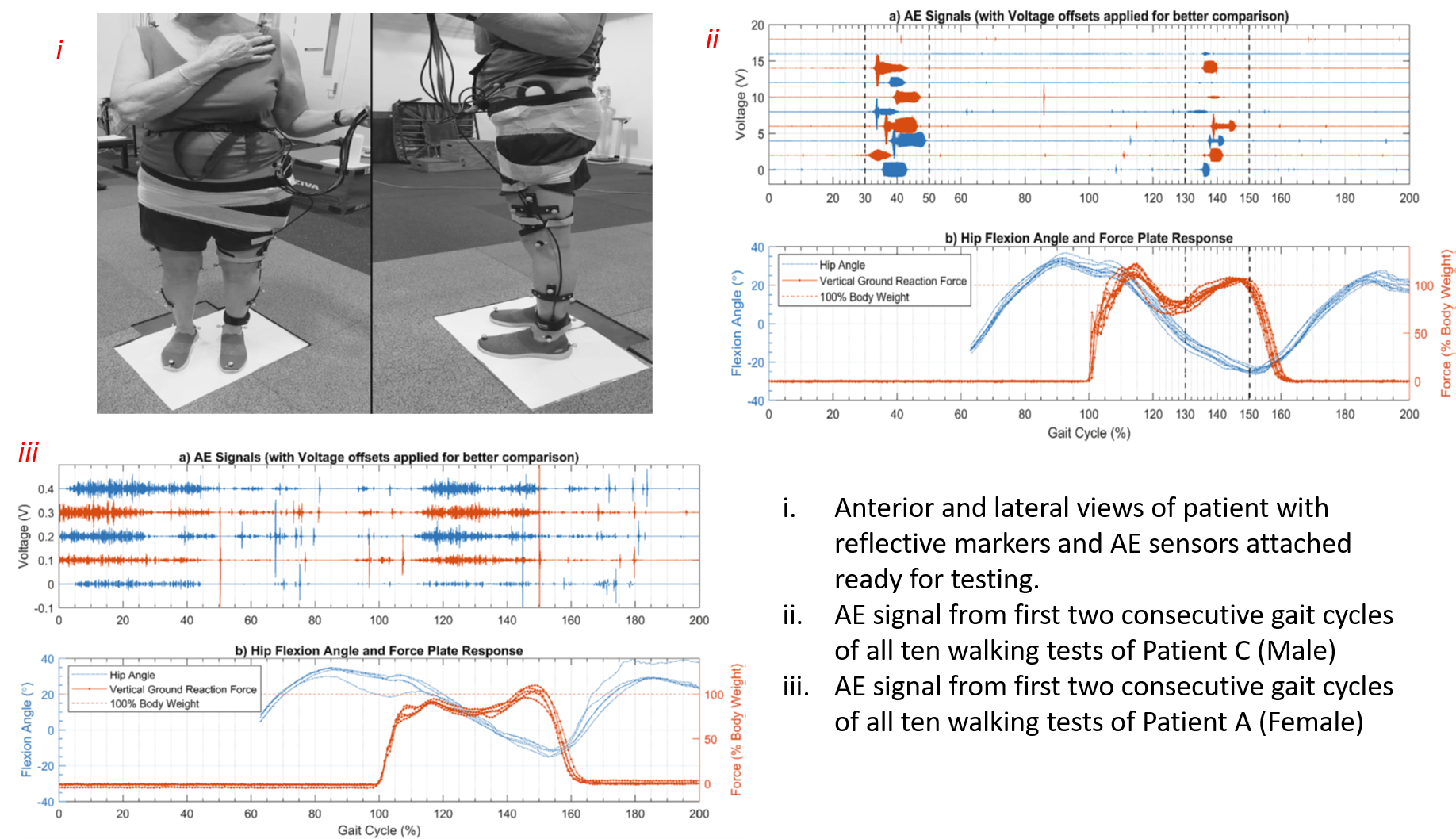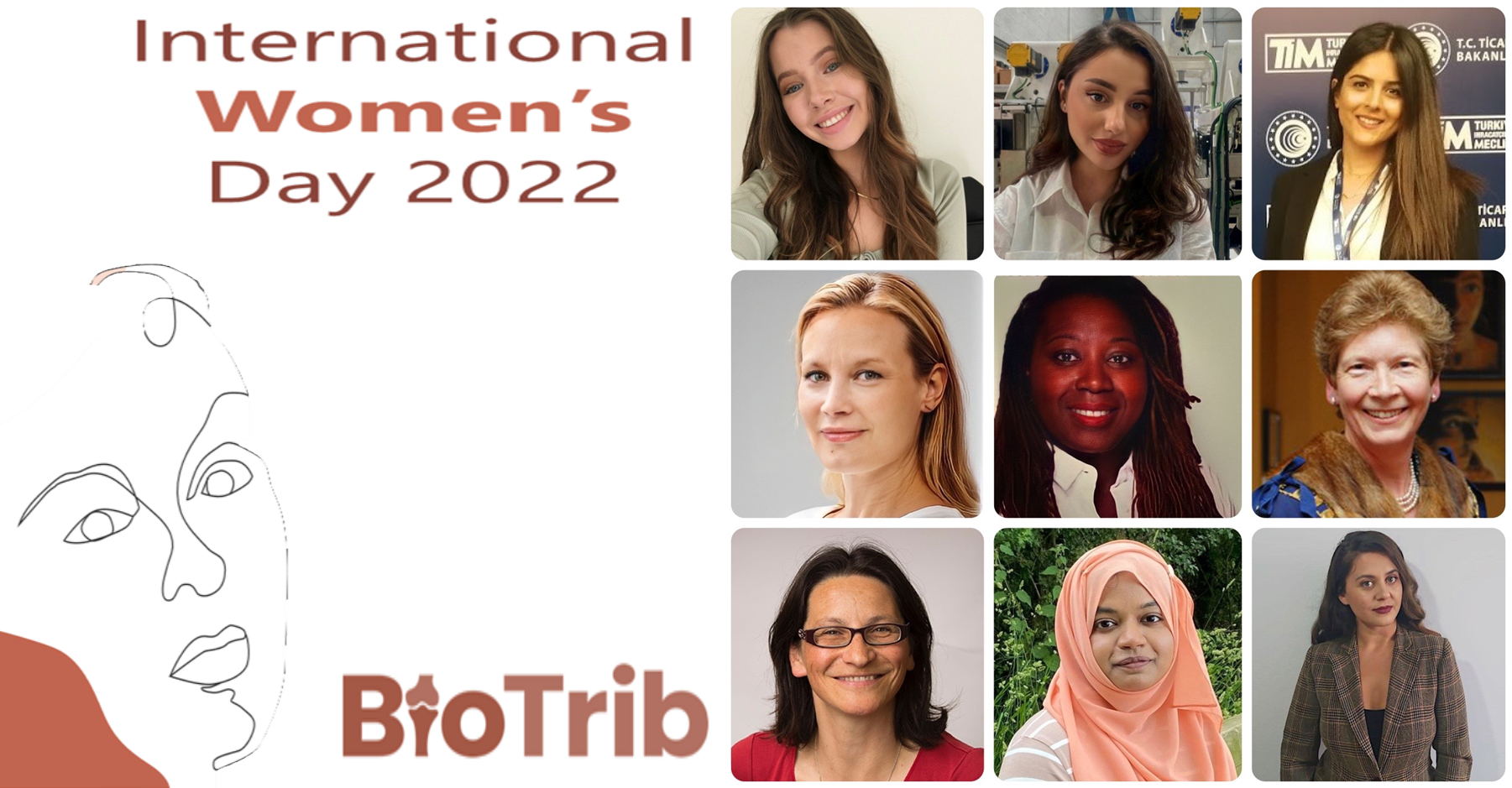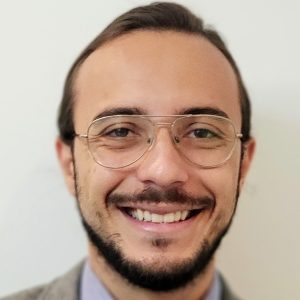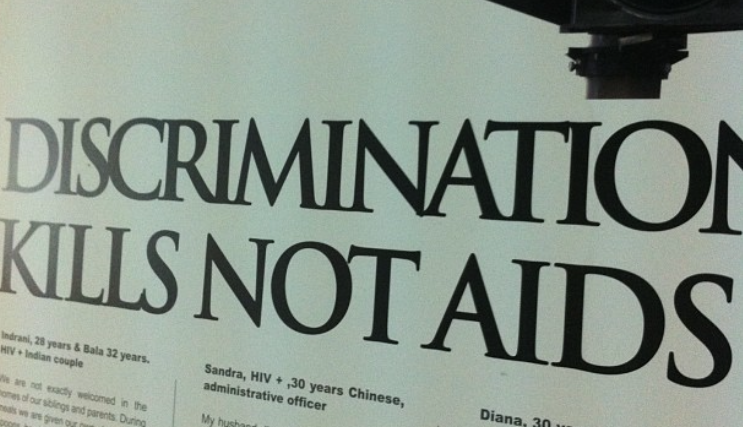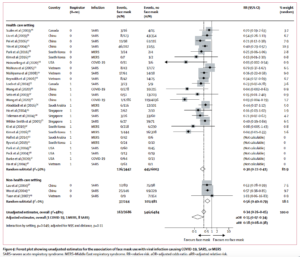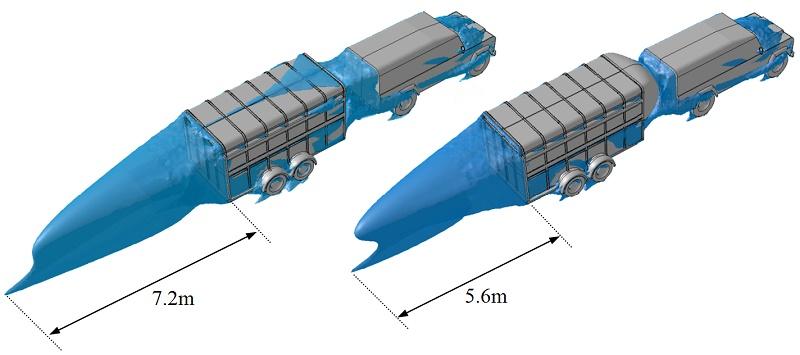Many of us believe that the extraordinary scientific advances that have led to the dramatic improvement of our health status are the prerogative of humanity. Unfortunately, the reality is quite different.
To give you some numbers, osteoarthritis affects 7% of the global population, more than 500 million people worldwide, with women disproportionately affected by the condition [1]. The number of persons affected worldwide increased by 48 percent from 1990 to 2019, and osteoarthritis was the 15th leading cause of years lived with disability (YLDs) [1]. Despite these numbers, many people with osteoarthritis still don’t get the first-line treatments (such as education and support for self-management, physical activity, exercise, and guidelines to maintain healthy body weight) and they are missing out on the care they need to live their lives to the fullest. For those particularly living in low- and middle-income countries (LMICs) this problem is exacerbated by the fact that both health-system and individual-level determinants influence access to care [2].
But let’s start in order. What is osteoarthritis? Osteoarthritis (OA) is the most common degenerative joint disease, a major cause of pain and disability, and a source of societal cost [3]. The disease compromises the structural and functional integrity of articular cartilage – the thick load-bearing tissue lining the ends of long bones – as well as the adjacent bone and other joint tissues [4]. The biological changes cause pain and limited mobility, which profoundly impacts a person’s everyday life, by restricting the ability to participate effectively in society, which can lead to social prejudice and exclusion from decision-making [2]. OA thereby leads to social, economic, and societal burdens, which are further compounded by the health challenges associated with increasing life expectancy and the prevalence of obesity in our global population [5].
While many of the barriers to providing OA treatment are universal, it is known that LMICs confront unique challenges and requirements. Although various difficulties have been raised, little is known about these obstacles and needs: disparity of care; expenses of providing and receiving treatment; and a lack of training for health workers [2].
The “Joint Effort Initiative” (JEI), an international consortium of doctors, researchers, and consumers led by the Osteoarthritis Research Society International (OARSI), was established with the goal of improving the global implementation of coordinated best-evidence osteoarthritis care. Driven by the huge impact of this chronic, complex condition, the JEI invited clinician-researchers from South Africa, Brazil, and Nepal to discuss their perspectives on challenges and opportunities in implementing the best-evidence care at the OARSI World Pre-Congress Workshop on April 28th 2021, to better understand some of the issues surrounding osteoarthritis care in LMICS [2]. There were five major themes that emerged when it came to overcoming obstacles to providing the best evidence-based osteoarthritis care [2]:
-Health inequities: refers to disparities in the ability of different groups of individuals to achieve their full health potential, which is commonly defined socially, economically, demographically, or geographically. In South Africa, Brazil, and Nepal, there are substantial links between health and wealth, with health disparities linked to high levels of poverty and aggravated by a lack of health insurance. For example, in rural areas of South Africa, access to healthcare is more limited. Furthermore, various political parties govern different provinces in South Africa, affecting the care accessible in each location and resulting in fragmentation of health services. In Brazil, it is estimated that over 18% of the population has poor access to healthcare, which rises to over 32% in rural areas. People from minority ethnic groups and those from lower socioeconomic strata have even less access. Many persons with OA in Nepal’s rural areas receive no care at all [2].
-Unaffordability of OA care: in both South Africa and Brazil, although the public health systems provide the majority of the OA care, there are significant wait times and insufficient support to help patients due to a lack of resources, so in Brazil for example people generally pay for their own OA therapy. In Nepal, since you must have health insurance to pay for OA treatment, many people simply do not have access to healthcare because it is too expensive [2].
-Lack of coordinated OA care: there is a dearth of specialized, coordinated osteoarthritis care, which is especially acute in rural locations [2].
-Unimportance of OA: OA is not considered an important disease and is often overlooked in low- and middle-income countries, where health budgets are restricted. For example, in South Africa, Brazil and Nepal, there is a scarcity of published OA research and no continuing national data collection for OA [2].
-Inexperienced: There is a general shortage of health professionals who provide OA therapy, and graduates are underprepared, particularly in rural areas [2].
But despite these major problems, efforts are being made for developing solutions and strategies to improve OA care in LMICs. In particular, these improvements are based on 3 major themes:
- Upskill health workers via high-quality education and training: in South Africa, there are various training programs and the idea is to push these on a national basis in order to better integrate OA care into current health services. In Brazil, even if osteoarthritis is generally neglected, and in Nepal, they are also trying to educate and train health professionals through professional societies and universities to deliver best-evidence OA care [2].
- Leverage national health priorities: since the treatments for osteoarthritis have not progressed as quickly as treatments for many other musculoskeletal and chronic noncommunicable disorders, the idea is to improve OA care by adapting successful practices and strategies from other areas of public health [2].
- Use existing resources and advancements: to improve OA care, existing health breakthroughs and technologies could be expanded. For example, in these three countries, they are focusing on mobile health technology, so that they can reach a large part of the population quickly, even outside the urban area. This technology is already used for other diseases, so why not use it for osteoarthritis? In Nepal, furthermore, they are also trying to make more use of direct patient access to physiotherapists to manage pain [2].
In short, we cannot escape the bitter reality. Inequalities in osteoarthritis care between population groups exist in all countries, especially in low- and -middle-income countries. But fortunately, something is moving and despite many obstacles, as we can see from this article, there are also many opportunities and strategies for future implementations. The hope is that with these simple solutions, such as adopting strategies that have proven successful in other health conditions and providing education to health professionals and people with osteoarthritis [2], we can improve the care of osteoarthritis in the world and specifically in LMICs as soon as possible.
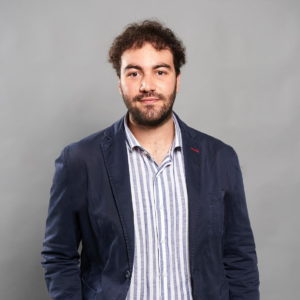
This article was written by Alessio Amicone as part of an ongoing series of scientific communications written and curated by BioTrib’s Early Stage Researchers.
Alessio is investigating the Elucidation of Friction-Induced Failure Mechanisms in Fibrous Collagenous Tissues at ETH Zürich, Switzerland.
References
[1] Hunter DJ, March L, Chew M. Osteoarthritis in 2020 and beyond: a Lancet Commission. Lancet. 2020 Nov 28;396(10264):1711-1712. Epub 2020 Nov 4.
[2] Eyles Jillian P., Sharma Saurab, Telles Rosa Weiss, Namane Mosedi, Hunter David J., Bowden Jocelyn L. Implementation of Best-Evidence Osteoarthritis Care: Perspectives on Challenges for, and Opportunities From, Low and Middle-Income Countries. Frontiers in Rehabilitation Sciences. 2022.
[3] Chen D, Shen J, Zhao W, et al. Osteoarthritis: toward a comprehensive understanding of pathological mechanism. Bone Res. 2017; 5:16044. Published 2017 Jan 17.
[4] Griffin, Timothy M.; Guilak, Farshid The Role of Mechanical Loading in the Onset and Progression of Osteoarthritis, Exercise and Sport Sciences Reviews: October 2005 – Volume 33 – Issue 4 – p 195-200
[5] Egloff C, Hügle T, Valderrabano V. Biomechanics and pathomechanisms of osteoarthritis. Swiss Med Wkly. 2012 Jul 19;142:w13583.

 This post was written by Esperanza Shi as part of an ongoing series of scientific communications written and curated by BioTrib’s Early Stage Researchers.
This post was written by Esperanza Shi as part of an ongoing series of scientific communications written and curated by BioTrib’s Early Stage Researchers.
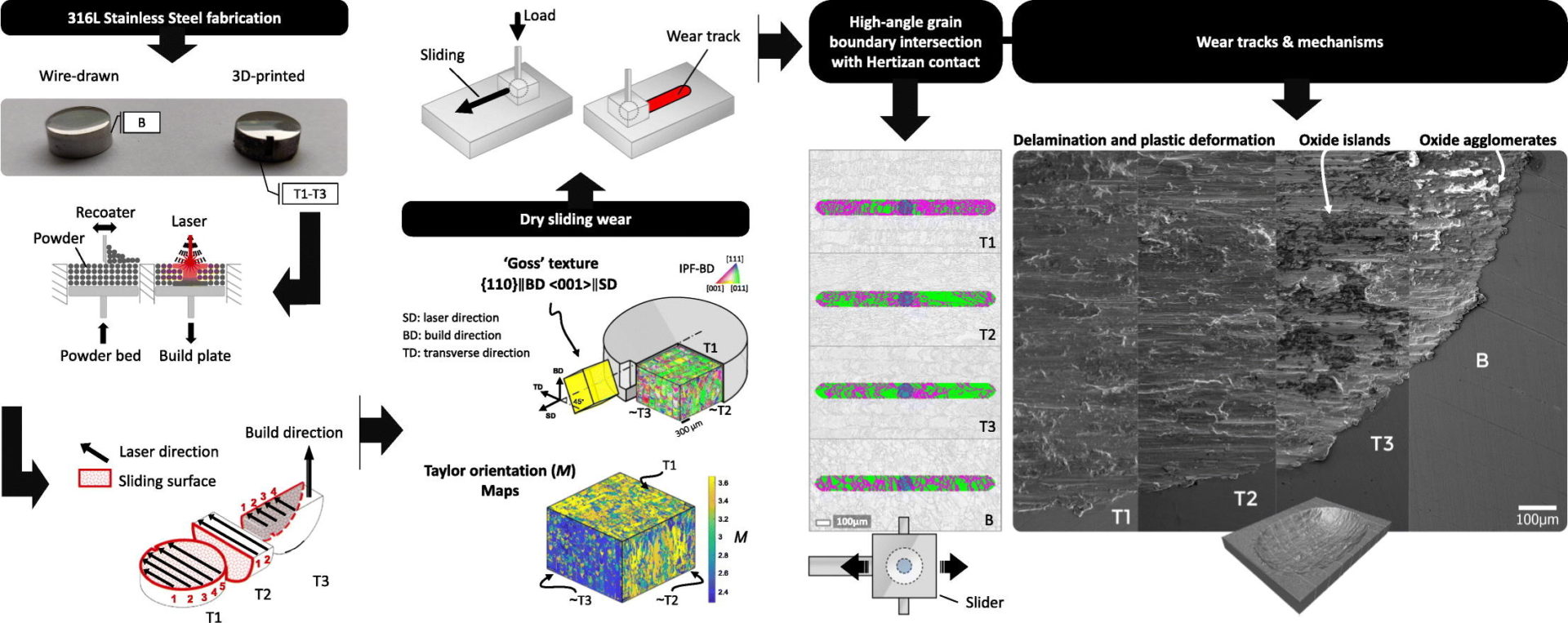
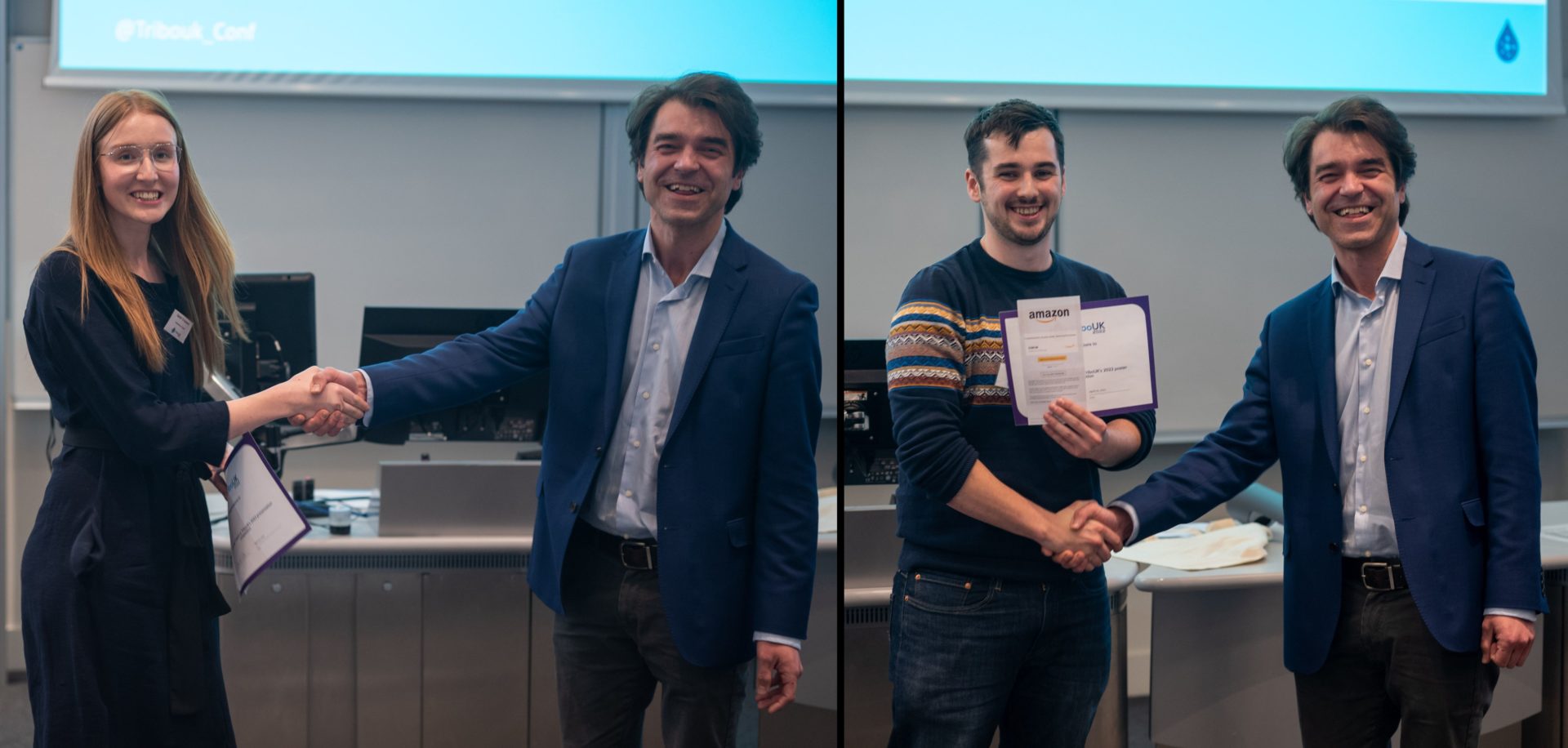
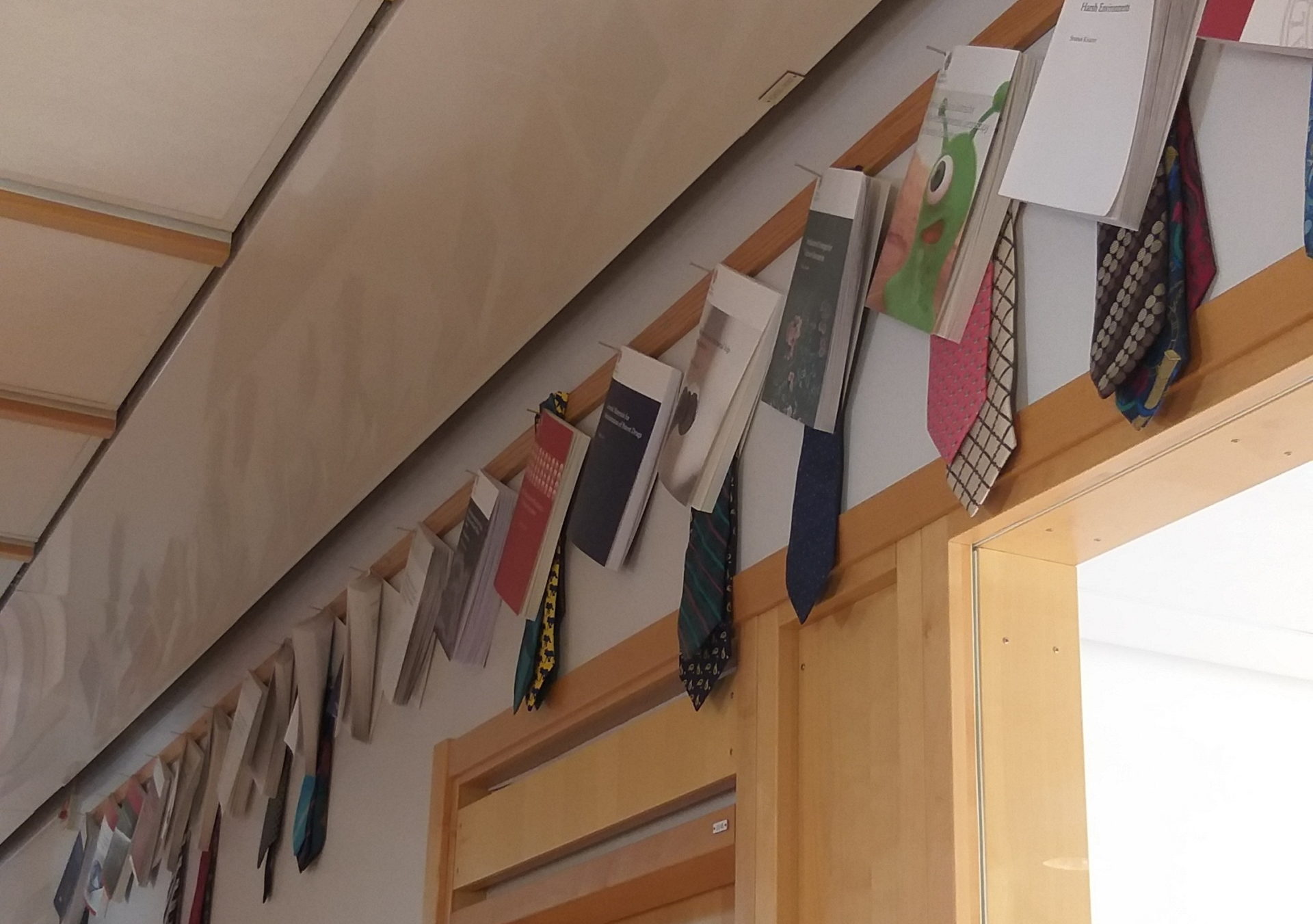
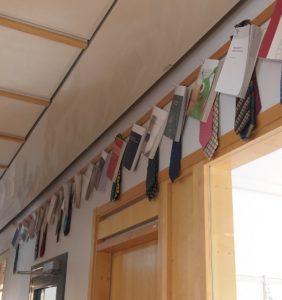

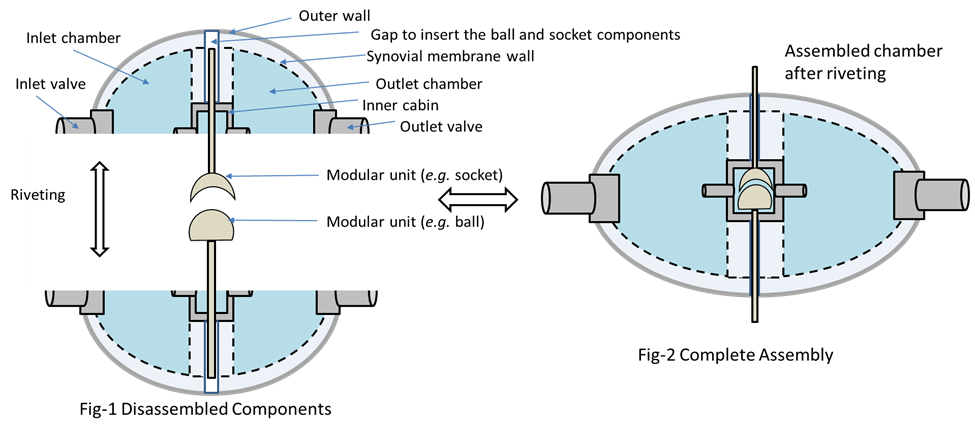
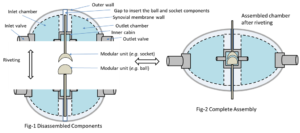



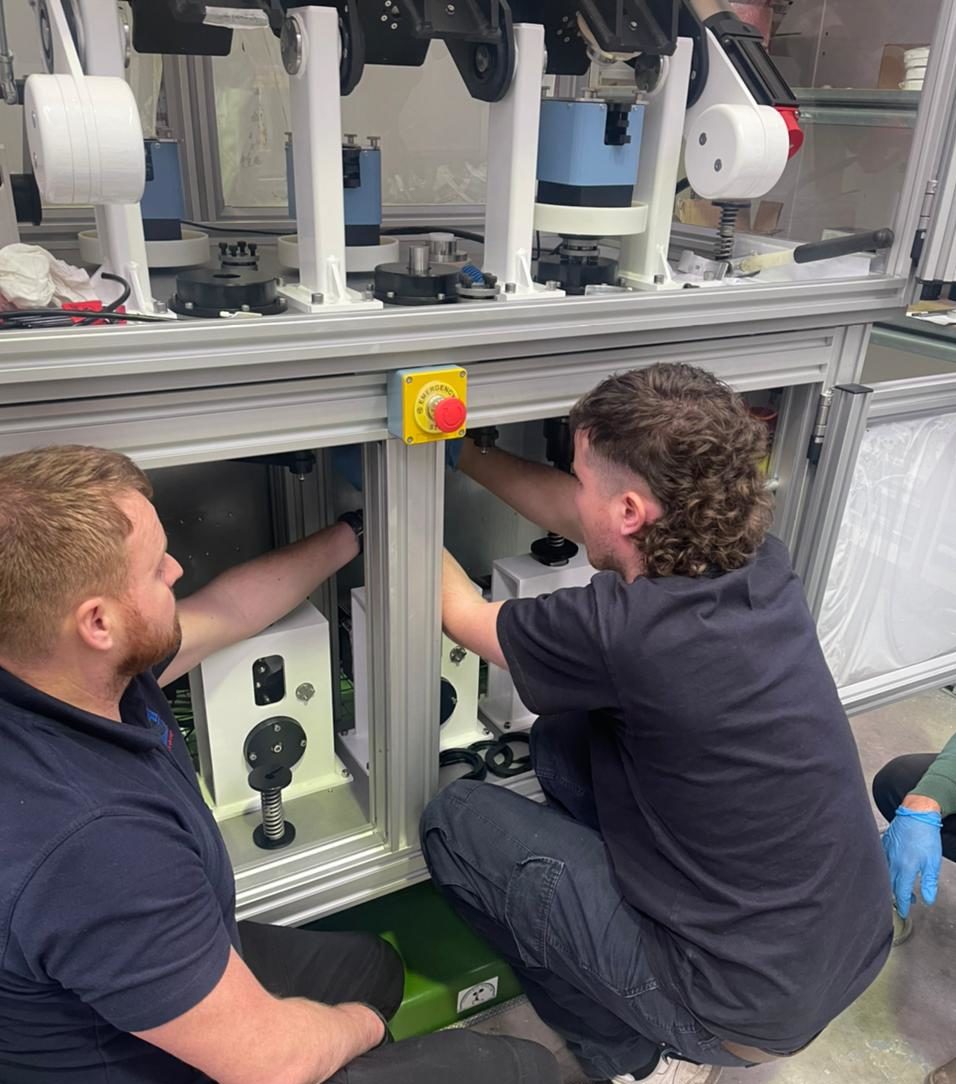
 This article was written by Ben Clegg part of an ongoing series of scientific communications written and curated by BioTrib’s
This article was written by Ben Clegg part of an ongoing series of scientific communications written and curated by BioTrib’s 
